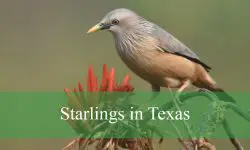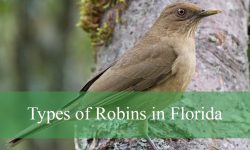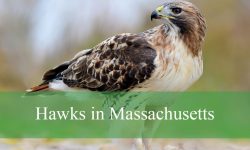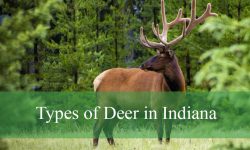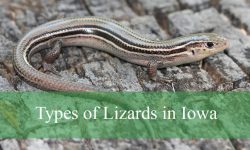Nebraska may not be the first place that comes to mind for hummingbird watching, yet the state offers delightful opportunities to spot these tiny, dazzling birds. While only one species, the Ruby-throated Hummingbird, is a regular summer resident, several other species pass through during migration, giving birders a chance to witness a wider variety.
From the fiery Rufous Hummingbird to the delicate Calliope, Nebraska becomes a temporary stopover for these remarkable travelers. Their iridescent feathers, rapid wingbeats, and unique hovering flight make them unforgettable sights in gardens, woodlands, and meadows across the state.
For bird enthusiasts, knowing when and where to look is key to spotting them. With the right flowers, feeders, and timing, you can enjoy the thrill of watching these tiny migratory jewels up close during their seasonal visits.
Types of Hummingbirds Found in Nebraska
Ruby-throated Hummingbird (Archilochus colubris)
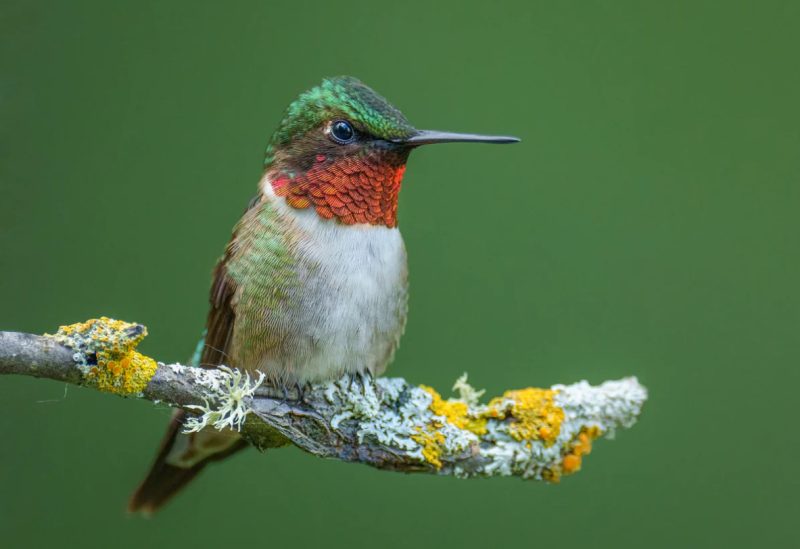
The Ruby-throated Hummingbird is the most common hummingbird found in Nebraska, especially during the spring and summer months. Males are easily recognized by their bright, iridescent red throats, while females have white underparts and green backs. Both sexes have slender bodies and rapidly beating wings that make them appear like hovering jewels in the air.
These tiny birds measure about 3 to 3.5 inches long, with a wingspan of 3 to 4 inches, and weigh only a few grams. They are extremely agile fliers, capable of flying backward and upside down. Their long, thin bills are perfectly adapted for sipping nectar from tubular flowers, making them vital pollinators in Nebraska gardens and meadows.
Ruby-throated Hummingbirds prefer open woodlands, gardens, and areas near flowering plants. They often visit backyard feeders filled with sugar water, especially during migration. They are highly territorial and will aggressively defend their feeding areas against other hummingbirds and even larger birds.
A fun fact about this species is that despite their tiny size, Ruby-throated Hummingbirds migrate thousands of miles each year. Many individuals make a nonstop flight of up to 500 miles across the Gulf of Mexico to reach their wintering grounds in Central America.
Rufous Hummingbird (Selasphorus rufus)
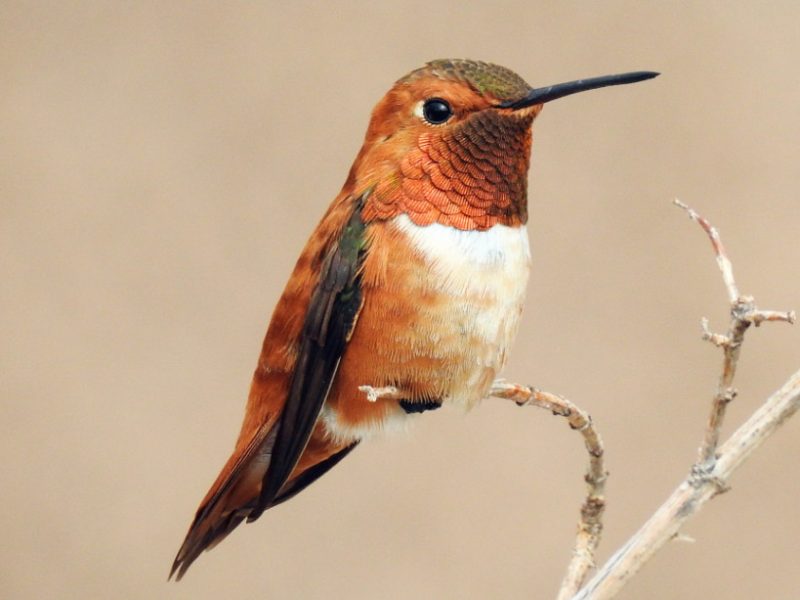
The Rufous Hummingbird is a bold and energetic visitor in Nebraska, mostly seen during migration periods. Males are easily identified by their brilliant orange-red plumage, with an iridescent red throat, while females have green backs and rust-colored flanks and tails. Their fiery coloration makes them stand out among other hummingbirds.
This species is slightly smaller than the Ruby-throated, measuring about 2.8 to 3.5 inches long. They are famous for their speed, agility, and aggressive nature, often chasing away other hummingbirds from feeders and flowers. Their wings beat at incredible speeds, allowing them to hover effortlessly.
Rufous Hummingbirds prefer meadows, open woodlands, and backyard gardens during migration. In Nebraska, they are most commonly spotted during late summer and early fall as they travel southward. Their presence is short-lived but memorable due to their fearless behavior.
An interesting fact about the Rufous Hummingbird is that it has one of the longest migration routes of any hummingbird, traveling nearly 4,000 miles from Alaska and Canada to Mexico. Despite their tiny size, they are relentless travelers.
Broad-tailed Hummingbird (Selasphorus platycercus)
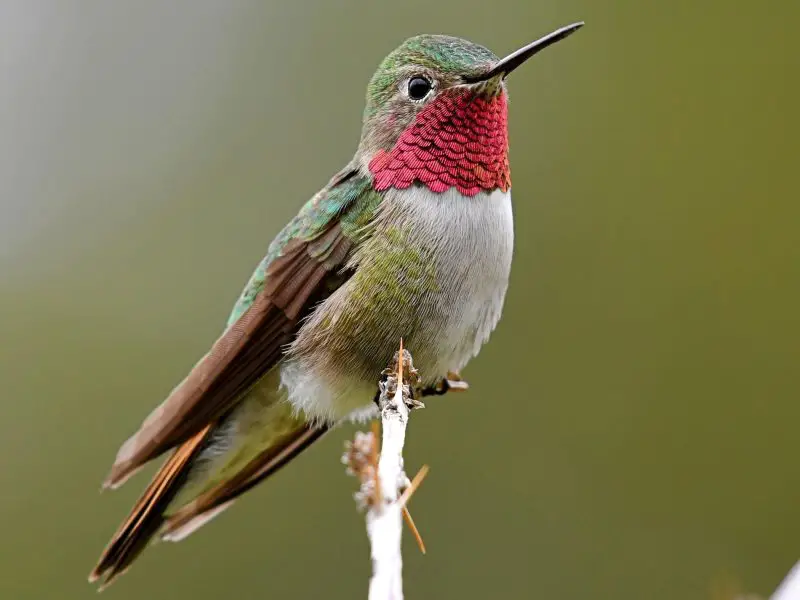
Broad-tailed Hummingbirds are occasional visitors in Nebraska, usually spotted during migration. Males can be identified by their shimmering rose-red throats and iridescent green bodies, while females are more subdued with green upperparts and whitish underparts speckled with faint markings.
They measure about 3.5 to 4 inches long, making them slightly larger than many other hummingbird species. Their long, broad tails give them their name, and their wings produce a distinctive trilling sound in flight. This sound helps birdwatchers recognize them even when they are difficult to see.
In Nebraska, Broad-tailed Hummingbirds are usually seen in open woodlands, gardens, and mountainous foothills during migration. They are nectar feeders but also catch small insects in midair, providing a vital protein source.
A fun fact is that these hummingbirds are adapted to colder climates. In their main breeding range in the Rocky Mountains, they can survive chilly nights by entering a state of torpor, temporarily slowing their metabolism to conserve energy.
Calliope Hummingbird (Selasphorus calliope)
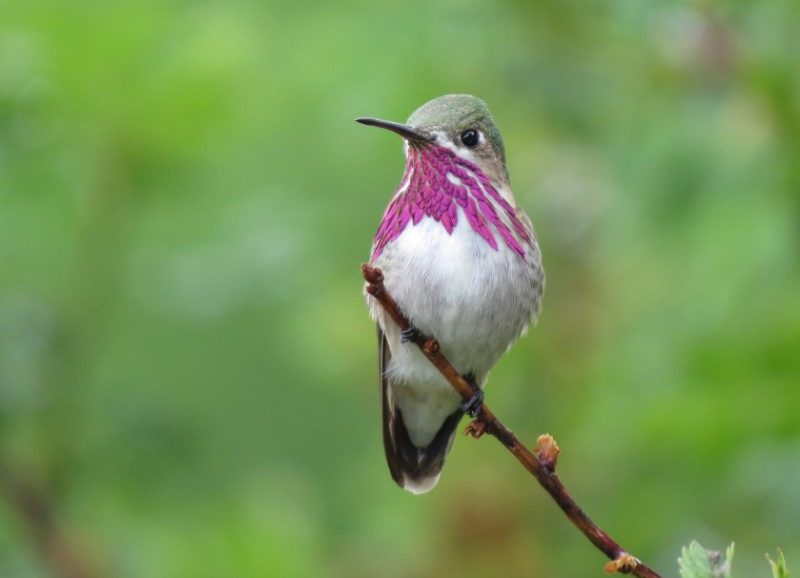
The Calliope Hummingbird is the smallest bird species regularly found in the United States, and it occasionally passes through Nebraska during migration. Males are striking, with magenta streaks that fan out across their throats, while females are green above and pale below with faint streaking.
These birds measure only about 3 inches long, with a wingspan of just 4 inches, making them incredibly delicate in appearance. Despite their size, they are known for their remarkable endurance, traveling long distances during migration. Their hovering flight is graceful yet powerful, allowing them to feed efficiently.
Calliope Hummingbirds are typically found in open woodlands, mountain meadows, and gardens during migration. In Nebraska, they are considered rare but can occasionally be spotted at backyard feeders or wildflower patches during their seasonal travels.
One fascinating fact about this species is that despite being the smallest bird in the U.S., the Calliope Hummingbird makes one of the longest migrations relative to its body size, traveling up to 5,000 miles between breeding and wintering grounds.
Black-chinned Hummingbird (Archilochus alexandri)

The Black-chinned Hummingbird is an uncommon but regular visitor in Nebraska, usually seen during migration. Males have a striking black throat with a thin, iridescent purple band at the base that shines in good light. Females are more modest, with green upperparts and pale underparts, making them trickier to identify.
This species is medium-sized for a hummingbird, measuring about 3.25 to 3.5 inches long, with slender bodies and long bills. Their wings beat rapidly, allowing them to hover with precision while feeding on nectar. Unlike the Ruby-throated, they are slightly less colorful, relying more on subtle identification marks.
In Nebraska, Black-chinned Hummingbirds can be found near rivers, open woodlands, and gardens with nectar-rich flowers. They often perch on exposed branches, scanning their territory, and will return to the same feeding spots repeatedly. They also supplement their diet with small insects for protein.
A fascinating fact about this species is that males perform elaborate courtship displays, flying in dramatic U-shaped dives to attract females. During these dives, the rush of air through their wings creates a unique sound that adds flair to their display.
Anna’s Hummingbird (Calypte anna)
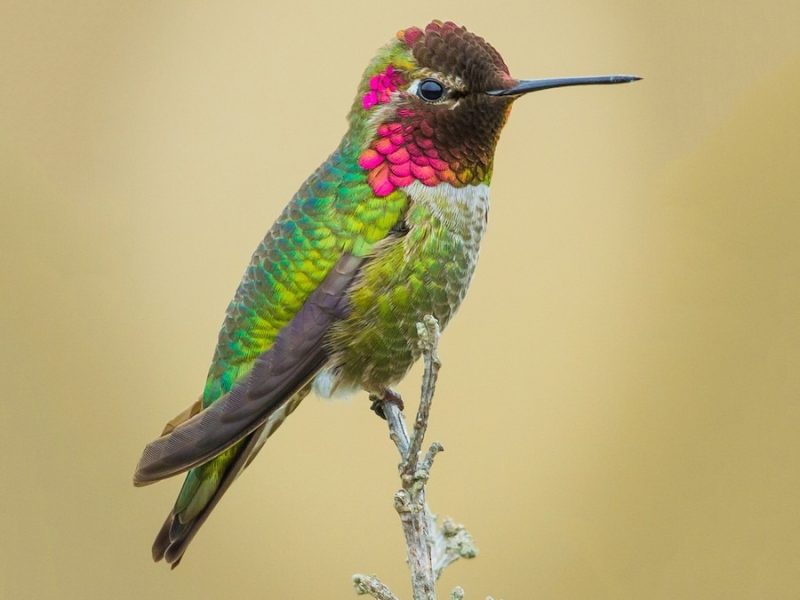
Anna’s Hummingbirds are rare visitors to Nebraska but occasionally appear outside their usual western U.S. range. Males are dazzling, with bright rose-pink throats and crowns that shimmer in sunlight, while females have greenish backs and light underparts with faint reddish spotting on the throat.
They are among the larger hummingbird species found in North America, measuring about 3.9 to 4.3 inches long. Their size, combined with their brilliant coloration, makes them easier to spot when they visit. Their long straight bills and iridescent feathers are well-suited to nectar feeding and insect hunting.
Anna’s Hummingbirds typically inhabit urban areas, gardens, and open woodlands, thriving where flowering plants and feeders are available. In Nebraska, sightings are unusual but most likely occur during migration or in warmer months when food is plentiful.
A fun fact about Anna’s Hummingbird is that it is one of the few species that can sing. Males produce a series of scratchy, buzzy notes, unlike most hummingbirds that rely mainly on wing sounds for communication.
Costa’s Hummingbird (Calypte costae)
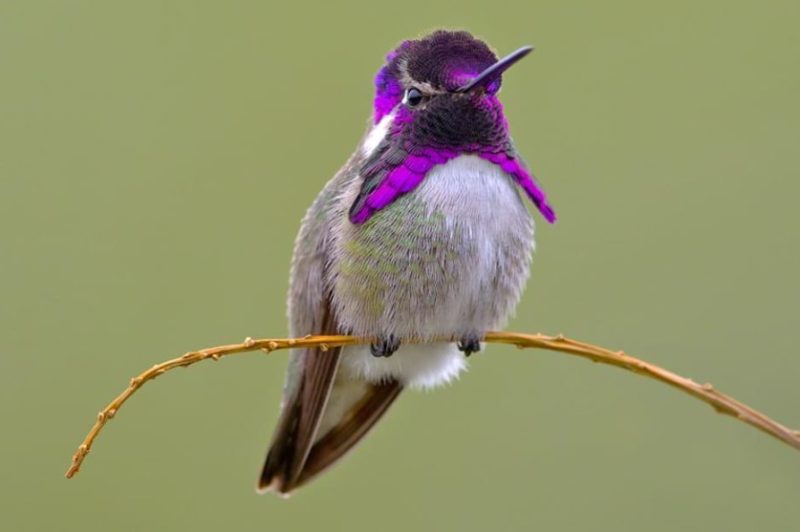
The Costa’s Hummingbird is considered a rare visitor in Nebraska, more commonly found in desert regions of the southwest. Males are stunning with their vibrant violet-purple throats and long, flared gorget feathers that extend outwards, giving them a unique appearance. Females are mostly green above and whitish below with subtle markings.
This small species measures about 3 to 3.5 inches long, making it similar in size to the Ruby-throated. Their compact build and brilliant plumage make them stand out when spotted. They are quick fliers with sharp maneuvers, adapted to feeding from both native wildflowers and backyard feeders.
In Nebraska, Costa’s Hummingbirds are extremely uncommon and are usually recorded during migration when individuals stray from their typical southwestern range. They prefer open, dry habitats but can adapt to visiting feeders when nectar sources are available.
A remarkable fact about this species is that males perform spectacular display flights during courtship, diving steeply while producing high-pitched sounds with their wings. Their glowing purple throat feathers flare dramatically in sunlight, making them one of the most striking hummingbirds.
Best Time and Place to See Hummingbirds in Nebraska
Hummingbirds in Nebraska are most often seen during the warmer months, typically from late April through September. The Ruby-throated Hummingbird is the most common summer resident, while other species such as Rufous, Calliope, and Broad-tailed appear mainly during migration. By mid-October, most hummingbirds have left Nebraska for their wintering grounds in Central America and Mexico.
The best places to spot them are in gardens, parks, and natural areas with abundant flowering plants. Native wildflowers like trumpet vine, bee balm, and columbine are highly attractive to hummingbirds, as are backyard feeders filled with sugar water (a 4:1 water-to-sugar ratio is ideal). Rural areas, forest edges, and riparian zones also provide excellent chances to observe them.
Peak viewing times are during early mornings and late afternoons when hummingbirds are most active in feeding. Migration periods—late spring (May–June) and late summer (August–September)—offer the greatest diversity, as multiple species may pass through Nebraska at once, especially Rufous and Calliope Hummingbirds on their long journeys.
FAQs about Hummingbirds in Nebraska
Do hummingbirds live in Nebraska year-round?
No, hummingbirds do not live in Nebraska all year. Most species, including the Ruby-throated, are migratory and only stay during the warmer months before heading south for winter.
What is the most common hummingbird in Nebraska?
The Ruby-throated Hummingbird is the most widespread and frequently seen species in Nebraska. Other species such as Rufous and Calliope are much rarer and usually spotted only during migration.
When should I put out a hummingbird feeder in Nebraska?
It’s best to set up feeders by late April to attract early arrivals and keep them up until late September. Leaving them up through October can sometimes help late migrants, especially Rufous Hummingbirds, refuel on their journey.
What flowers attract hummingbirds in Nebraska?
Native flowers such as trumpet vine, bee balm, cardinal flower, and columbine are excellent for attracting hummingbirds. Brightly colored tubular flowers, especially red ones, are their favorite nectar sources.
Can hummingbirds survive cold nights in Nebraska?
Yes, hummingbirds can endure chilly nights by entering a state of torpor, where their metabolism slows dramatically to conserve energy. This adaptation allows them to survive sudden temperature drops during migration.

